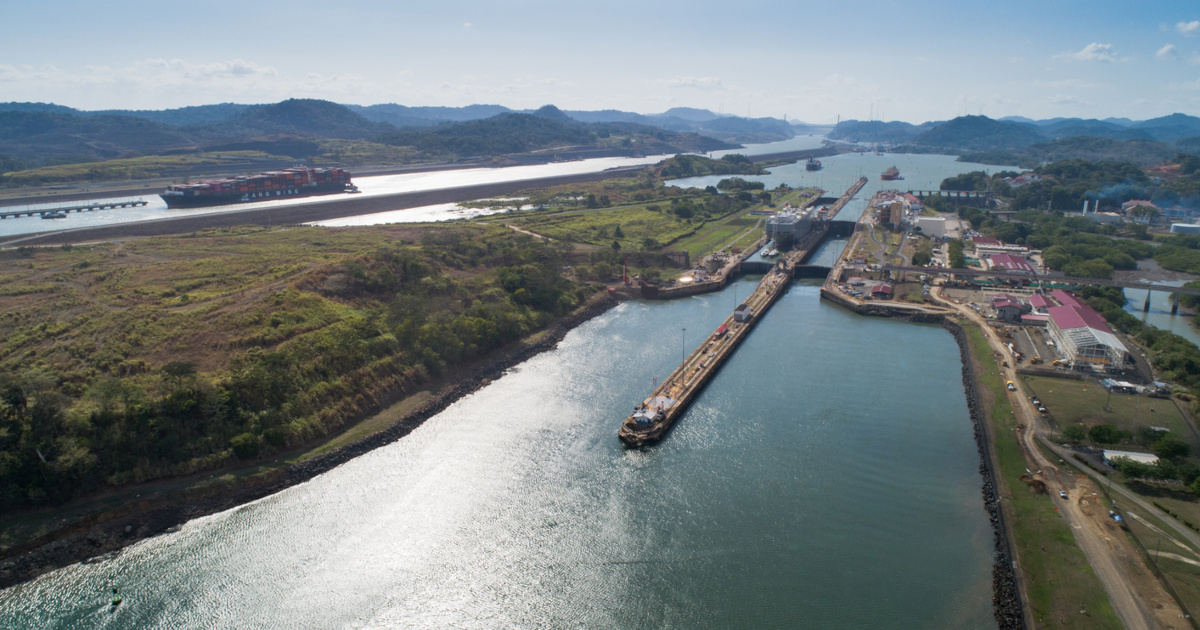Insight Focus
- The Panama Canal Authority announced last week it would postpone the upcoming draft restrictions.
- But the fact that ships are getting bigger and bigger poses a larger issue.
- Draft restrictions and reduced traffic at the Panama Canal are likely to become more common.
The shipping industry breathed a sigh of relief after rain at the Gatun Lake allowed the Panama Canal Authority to postpone a draft restriction on ships. But the Canal, which inaugurated an extensive expansion in 2016, is going to continue facing challenges caused by the combination of variable water levels and larger ships.
Canal Avoids Draft Restrictions
The Panama Canal announced last week that it was delaying draft restrictions on vessels after higher than expected rainfall eased the tight conditions.
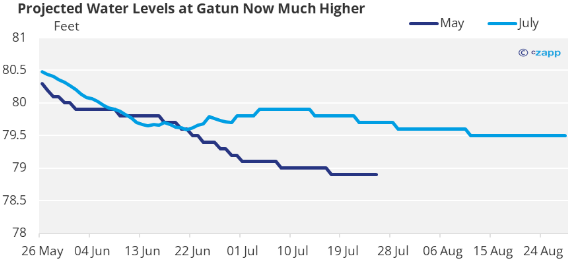
Source: Panama Canal Authority
As a result, the authorities have managed to reduce wait times at the Canal.
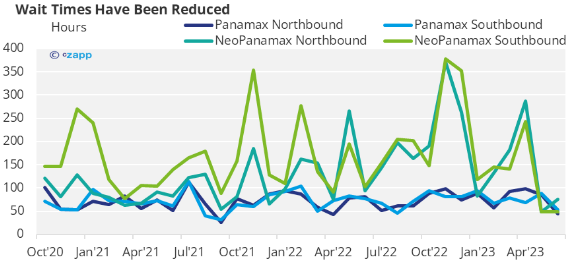
Source: Panama Canal Authority
In June, authorities proposed reducing the maximum draft level to 43.5 feet for NeoPanamax locks and 39 feet for Panamax locks as of July. Now, the authority says the current draft of 44 feet for NeoPanamax and 39.5 feet for Panamax vessels will remain in place.
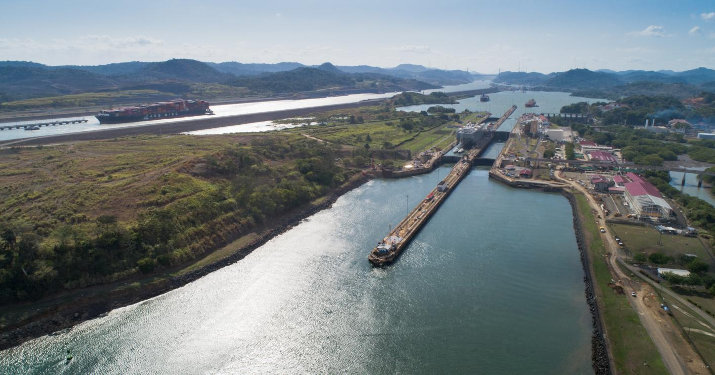
But according to reports by CNBC, a memo sent to shipping companies explained that capacity would still be limited at the Canal by a reduction in the number of transits. The authority said it would reduce daily transits to between 30 and 32 ships per day from 34 to 36 vessels per day.
The Fleet Gets Bigger
In 2016, the Panama Canal completed an extensive widening process to reflect the larger sizes of ships. These wider locks were designed for vessels with a maximum capacity of 12,600 TEU, but this limit has since been surpassed. In terms of capacity, the largest ship to transit the canal to date is the 16,000-TEU Zephyr.
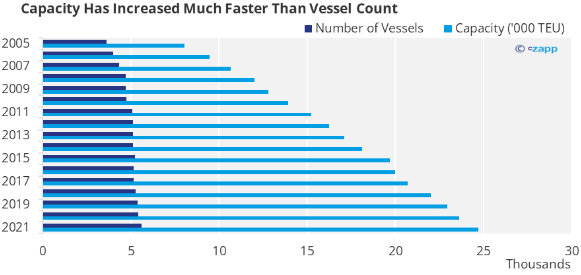
Source: USDA
As the industry continues to try to improve efficiency amid lower demand and stricter environmental regulations, it is likely more and more shipping lines will look at ordering larger vessels. Already, construction of larger vessels that exceed the Canal’s restrictions, has accelerated.
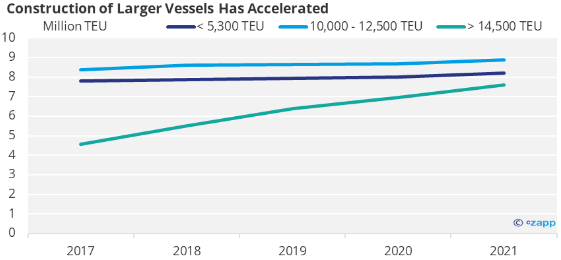
Source: USDA
The NeoPanamax locks – accommodating those ships with a capacity of 10,000 TEU and above – account for about half of all the cargo transiting the Canal at about 270 million tonnes between June 2022 and May 2023.
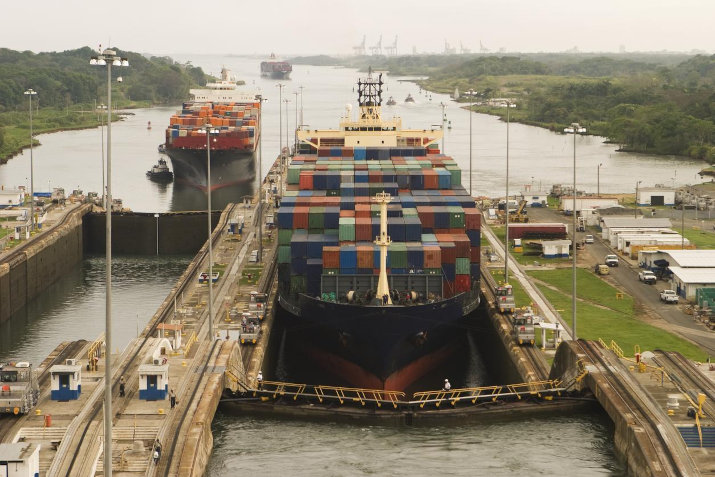
Water Levels Set to Dip
The draft of 44 feet is still significantly lower than the 50 feet draft the Canal was originally designed for. But water levels do follow a seasonal pattern and, as the wet season begins, July onward traditionally sees higher rainfall.
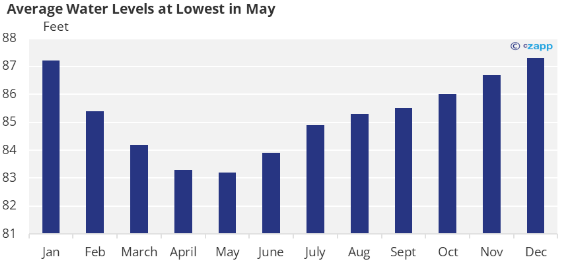
Source: Panama Canal Authority
Still, even as a draft restriction was avoided this time, water levels in 2023 at the Gatun Lake are still expected to be lower than usual.
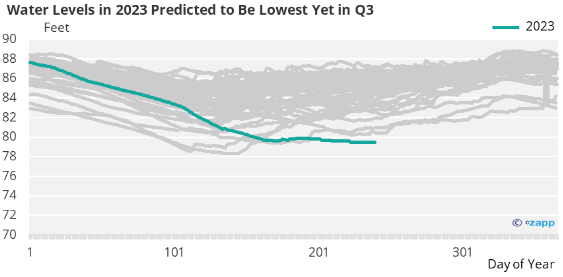
Source: Panama Canal Authority
One saving grace could be the imminent El Nino weather pattern. The change in atmospheric pressure often leads to wetter and warmer conditions in the Pacific around South and Central America, which could boost Gatun water levels.
Concluding Thoughts
- As the shipping industry works to reduce emissions, efficiency is key.
- Often, this means larger vessels and fewer trips.
- Already, there is a heavier focus on larger, Post-Panamax vessels that have capacities of up to 24,500 TEU.
- With draft restrictions already in place, the larger the ships, the bigger the problem.
